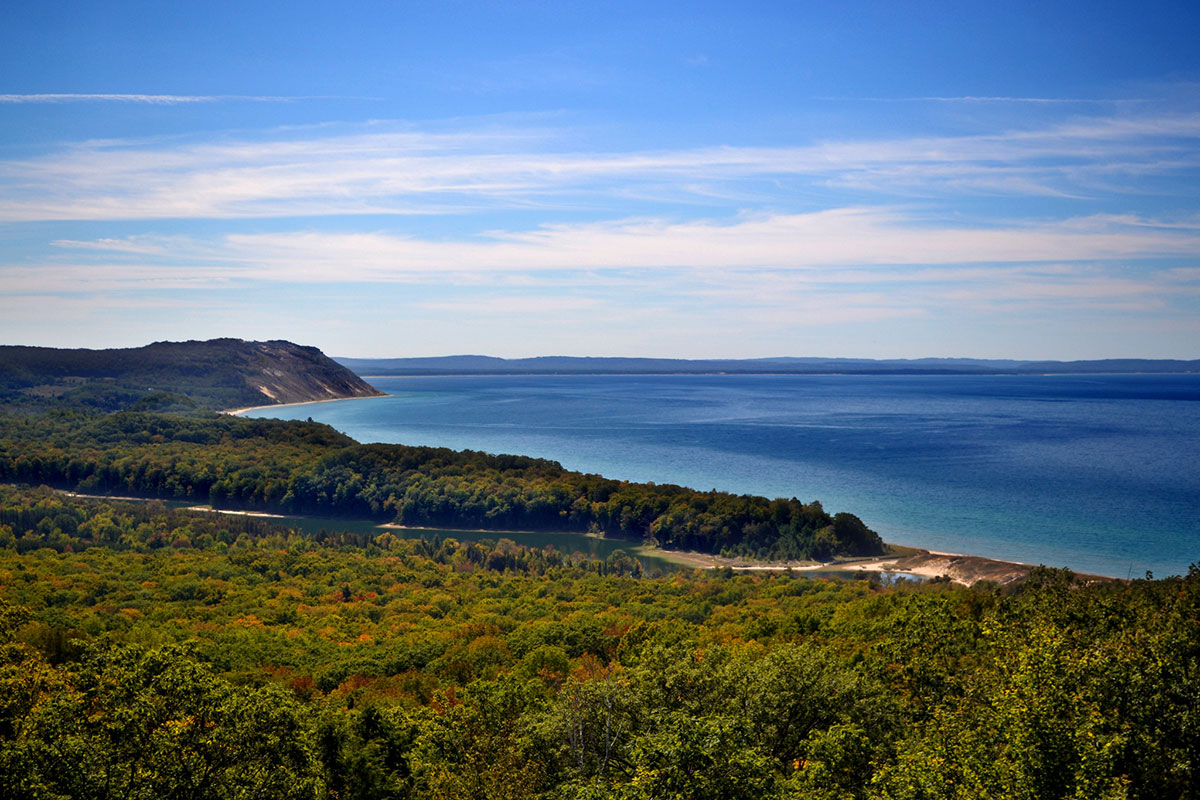Water
Water
Water
We contribute to restoring, enhancing, and sustaining water and water-dependent resources through policy and management-relevant processes that engage and benefit diverse stakeholders, particularly historically underrepresented and overlooked communities. See objectives in our strategic plan »
Now Available: We All Live Together in a Good Way with Manoomin
The Michigan Wild Rice Initiative (MWRI) is a collaboration among the twelve federally recognized Anishinaabe nations that share geography with the state of Michigan and several Michigan state agencies. Together with federal, NGO, and academic partners, the MWRI is working to restore and revitalize Manoomin (wild rice) while promoting awareness and education of this sacred relative. The MWRI hope to encourage people of all communities to connect with Manoomin in a good way and seek ways to sustain and protect them.
U-M Water Center
Addressing water challenges to inform policy and management decisions.
Banner photo by Matt Hardy on Unsplash
Michigan the Beautiful: Great Lakes

Photo by Todd Marsee, Michigan Sea Grant
Exploring approaches for the conservation and stewardship of 30 percent of Michigan’s coastal and open waters of the Great Lakes by 2030
The state of Michigan needs a detailed plan and course of action for how we can contribute to the national “America the Beautiful” framework. “America the Beautiful” - the national call to “work together to conserve, connect, and restore at least 30 percent of our lands and waters by 2030 for the sake of our economy, our health, and our well-being” is part of a larger UN global framework to conserve biodiversity.
Nutrient Reduction Projects Database Development
The University of Michigan (U-M) Water Center is partnering with the U-M Dow Sustainability Fellows Program to lay the groundwork for a multi-year project aimed at creating an interactive online platform featuring nutrient reduction projects in Michigan’s Western Lake Erie Basin (WLEB).
Pagination
- Page 1
- Next page